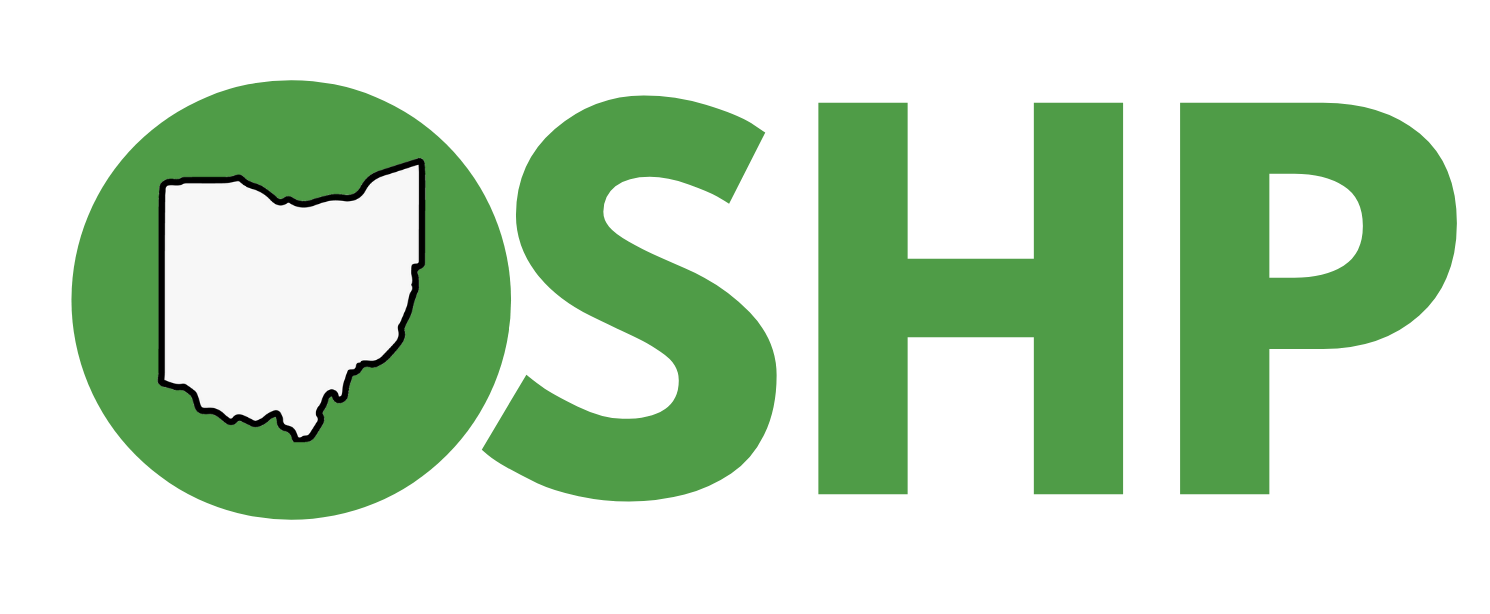Author: Aaron Barber, PharmD Candidate, Northeast Ohio Medical University
Esketamine(SPRAVATO™) is approved for treatment-resistant major depressive disorder (MDD) in combination with an oral antidepressant in adults. Treatment-resistant depression entails two failed antidepressant trials of adequate doses and durations. Esketamine is a schedule III controlled substance and requires a Risk Evaluation and Mitigation Strategies (REMS) program (SPRAVATO™ REMS). This represents the first breakthrough for MDD since the introduction of fluoxetine in 1987, and it offers an alternative for the many patients whose depressive symptoms are uncontrolled with current regimens.
Esketamine is the S-enantiomer of racemic ketamine, and it is a non-selective, non-competitive N-methyl-D-aspartate (NMDA) receptor antagonist. The mechanism by which it exhibits antidepressant effects are unknown. Bioavailability of intranasal administration is 48%, and the time to peak plasma concentration is20-40 minutes. Esketamine is metabolized to noresketamine, its major active metabolite, primarily by cytochrome P450 (CYP) 2B6 and CYP3A4 and to a lesser extent by CYP2C9 and CYP2C19. Noresketamine is then metabolized by different CYP dependent pathways. Following nasal administration, less than 1% of the dose is excreted unchanged in the urine.
Esketamine is contraindicated in patients who may experience deleterious effects secondary to increased blood pressure or intracranial pressure. Contraindications include aneurysmal vascular disease, arteriovenous malformation, or intracerebral hemorrhage. Avoid esketamine in patients with hypersensitivity reactions to either esketamine or ketamine. Warnings include sedation, dissociation, abuse, and suicidal thoughts and behaviors. In clinical trials, up to 61% of patients experienced sedation, whereas up to 75% experienced dissociative or perceptual changes (e.g.,distortion of time, space, and illusions, derealization, depersonalization).
Administration of esketamine is associated with an increase in blood pressure.Patients experience an average increase of 7-9 mmHg systolic and 4-6 mmHg diastolic at 40 minutes post administration. This increase dropped at the 1.5 hour mark to 2-5 mmHg systolic and 1-3 mmHg diastolic.Concurrent use of esketamineand monoamine oxidase inhibitorsor psychostimulants may increase blood pressure and requires close monitoring.
Several phase III clinical trials evaluated esketamine. Short-term, fixed and flexible-dosed trials were conducted in adults with treatment-resistant depression. Patients received either esketamineor intranasal placebo; all patients received antidepressant therapy. Esketamine significantly improved scores from baseline on the Montgomery-Asberg Depression Rating Scale (MADRS). Despite positive results in adult trials, a 4-week trial in patients 65 years and older found no significant difference between esketamine and intranasal placebo on the MADRS. Longer-term trials investigated relapse prevention and safety. Time to relapse was significantly longer for esketamine than placebo. Cognitive impairment and interstitial cystitis have been reported with ketamine misuse and abuse. Neither adverse effect was observed over the course of 12months with esketamine; however, higher rates of dysuria, micturition urgency, and nocturia occurred.
Esketamine is available in 28 mg unit dose devices (2 sprays [1 spray in each nostril] = 28 mg). Dosing ranges from 56-84 mg; therefore, multiple devices are needed for each dose. The dosing schedule begins with 56 mg for the first dose and either 56 mg or 84 mg for all subsequent doses.

Prior to the first intranasal spray only,instruct the patient to blow their nose. Do not prime the device before use. Instruct the patient to tilt their head back at a 45° angle and insert the device in the first nostril until the nose rest touches the skin between nostrils. Close the opposite nostril and press the plunger while inhaling through the nose. After the spray, sniff gently. Repeat these steps with second nostril, and ensure that the patient does not blow their nose. Wait 5 minutes before administering each subsequent device needed to achieve the desired dose. After administration of the full dose, the patient must be observed by a health care provider for at least 2 hours to monitor for adverse effects such as sedation, dissociation, and hypertension. Additionally, patients should be advised to avoid drinking any liquids for 30 minutes prior to administration and to avoid any food intake for 2 hours before administration due to the risk of nausea and vomiting.
Up to one-third of adults with MDD experience persistent symptoms of sadness, sleep disturbances, low energy, or thoughts of suicide or death. Esketamine represents the first new antidepressant mechanism of action in over 30 years. It is difficult to predict if widespread adoption of this therapy will occur secondary to its REMS requirements, strict post-administration monitoring parameters, and need for frequent office visits. This could, however, open the door to exciting opportunities, such as pharmacist-run esketamine clinics. No matter what the future holds, it is comforting to know that there is now a new tool for patients to battle depression.
References:
Ionescu DF, Rosenbaum JF, Alpert JE. Pharmacological approaches to the challenge of treatment-resistant depression. Dialogues Clin Neurosci. 2015;17(2):111–26.
Molero P, Ramos-Quiroga JA, Martin-Santos R, Calvo-Sánchez E, Gutiérrez-Rojas L, Meana JJ. Antidepressant efficacy and tolerability of ketamine and esketamine: a critical review. CNS Drugs. 2018;32(5):411-20.
Spravato [package insert]. Titusville, NJ: Janssen Pharmaceuticals, Inc.; March 2019.

